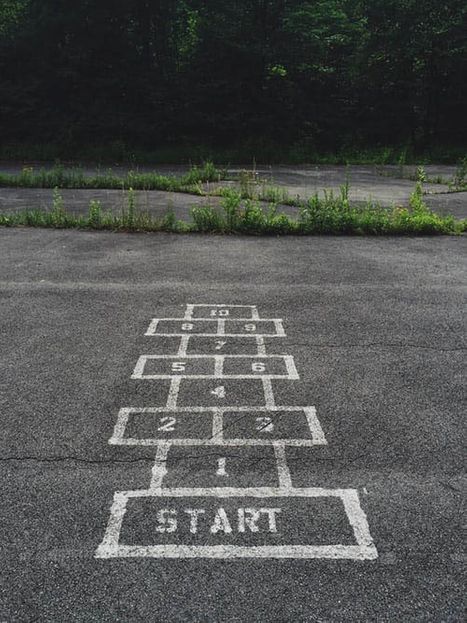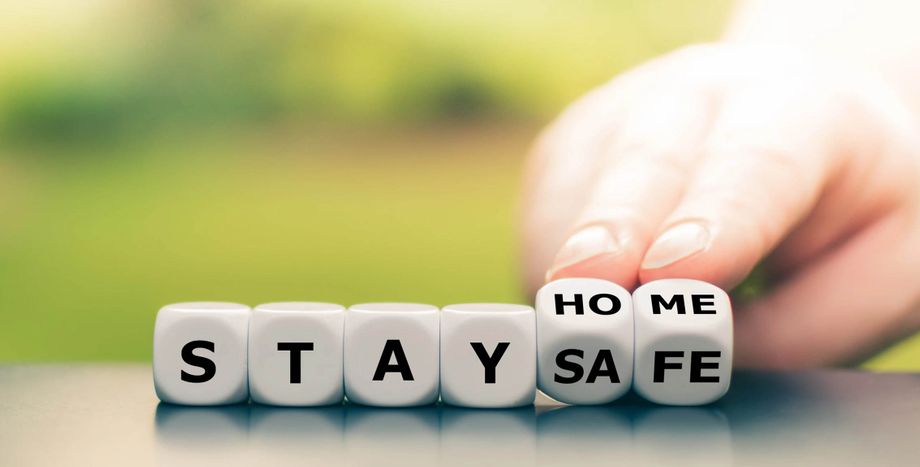Up to this point, I have focused on the social and emotional needs of others. Leaders, in order to be effective leaders, must also take care of themselves. As a Head Start leader, I often neglected myself – telling myself “when I have time, when the community assessment is completed, when the refunding grant is submitted.” Slowly, but surely, I became less effective. Through a series of unfortunate events I began searching for
ways to regain my balance. It was important for me, my family, my team
Tom Rath, the best-selling author of Eat, Move, Sleep has excellent resources on the foundations of self-care. Invest in yourself and create a personalized eat, move, sleep plan. Building on this healthy foundation, it is important for you to have recovery practices. Gratitude journals, meditation practices, yoga, breathing exercises, all are important for your staff, and are just as necessary for you as a leader. BJ Fogg, provides an effortless way of creating and maintaining healthy habits and calming techniques, even in the middle of a pandemic, through a strategic use of Tiny Habits.







